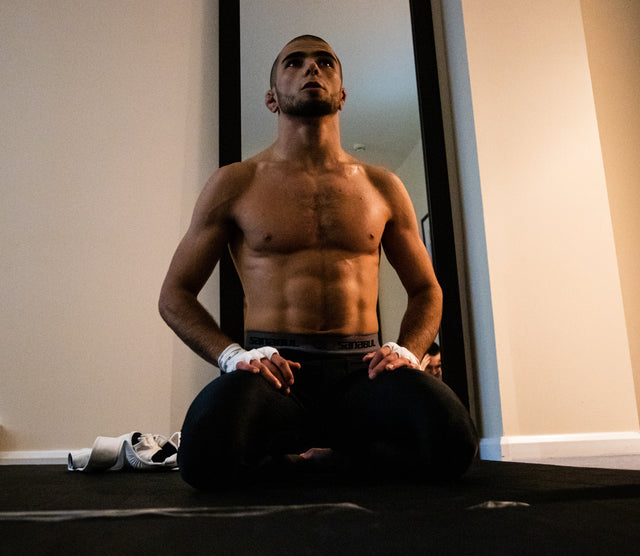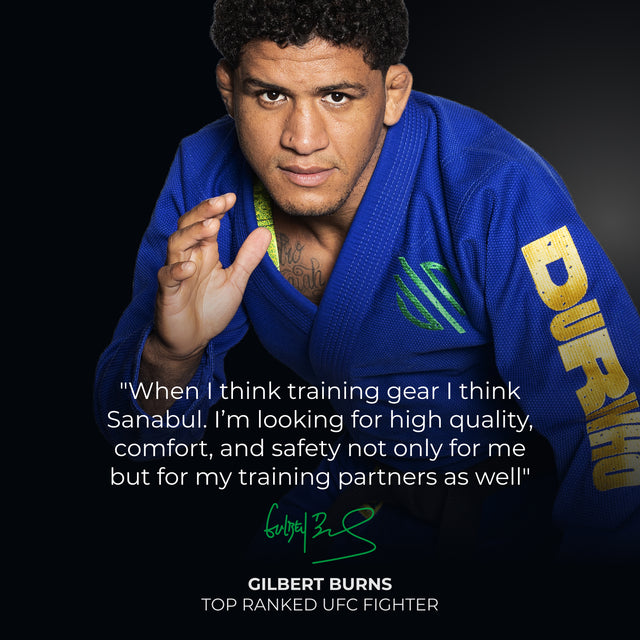How to Get Better Outside of the Gym (for BJJ, MMA, and other combat sports)
The best way to get better at anything is to train. For martial artists, this means being in the gym and as much as possible. So how can you get better if you physically can’t train? What if you’re sick? What if you have an injury?
Unfortunately, there will be days where we can’t make it to training. Fortunately, there are still ways that we can keep our skills sharp outside of the gym:
1) Technique Study
The internet is a wild place. So much information is available to us at any given moment we choose, all we have to do is search for it.
If you cannot train at the gym, you can always look up tutorials on techniques. Striking and grappling videos are available on Youtube, Instagram, Reddit, and other social media platforms free of charge. Look up the name of the technique you want to learn, work on, and practice. It’s almost guaranteed that you’ll find a demonstration that will help you. If there’s no specific technique you want to work on, start with a general search (ex. how to pass guard bjj, throwing a jab, etc). The algorithm will recommend related videos that can help improve different aspects of your game.
With technique videos, the instructors in the video will give you a detailed breakdown of various skills and movements - just like your own instructors would in class. They will also give tips to give you the highest chance of success while performing these moves, as well as common mistakes people make and how to avoid them.
You can take notes by hand on paper or electronically on a phone/laptop. Taking notes and being able to revisit your own personal record of techniques is an extremely valuable resource that you have full control over. Take advantage of it!
2) Film Study
Along the same lines of the previously mentioned technique study, you can also find free fights on the internet. Find professional fights in your combat sport, whether it is Jiu Jitsu, MMA, or Muay Thai. Watch them and learn. Take notes on what works at the highest levels, for both offense and defense. Note these sequences and revisit them for later review: this can be extremely helpful when you get back to training to try them out. If something works at the highest levels of professional combat sports, it’s worth examining and learning from. It certainly may also be valuable enough to incorporate into your own skill set.
You can also watch fight highlights, but these tend to only feature the most exciting parts of a bout. You may miss out on the finer details, like the feints that set up a highlight KO or the movements that draw out a reaction and eventually lead to a submission.
3) Skills Training
Depending on the space you have available, you can always train at home. If you are in a smaller space, you can work on improving your short-range offense and defense. Shadowboxing, shadowwrestling, hand fighting, feints, and fakes are all important aspects of striking and grappling and can all be done in a relatively small amount of space.
Make your transitions from offense to defense and vice versa as fluid as possible. Drill proper footwork, mechanics, and positioning. Working on the basics can seem boring, but without good fundamentals, you leave the most important area of your skillset weak. If you can’t go to the gym, take the time to work on perfecting the simple things - they can take you a long way.
4) Workout at home
If you can’t train sport-specific movements, another option is to improve your general fitness. If you don't have any equipment, you can always do a high amount of bodyweight exercises at a high pace with minimal rest time: push-ups, squats, lunges, reverse lunges, sit-ups, jumping jacks, mountain climbers… the list goes on. Don’t ignore your strength and conditioning!
5) Recover
If you’re injured, you’ll likely already be taking time off from the gym to heal up. For those who miss a day due to time constraints or illness, take it as a sign to let your body rest from strenuous activity. Active recovery methods like walking, stretching, or even a light jog can help you to keep the blood flowing, without overexerting the body.
It’s better to maintain your body with recovery days, than to have to heal up from injuries due to overtraining (and lack of proper recovery).
Thank you for reading - we hope these were some helpful ideas that can help you stay sharp when you can’t make it to the gym!





0 Comments
There are no comments for this article. Be the first one to leave a message!